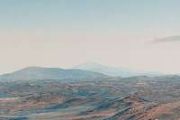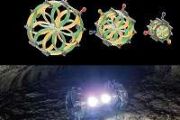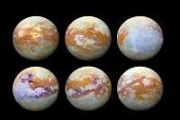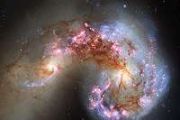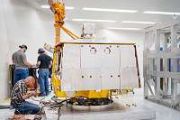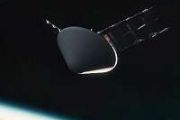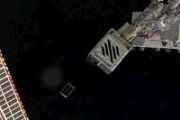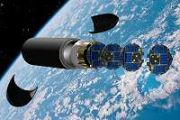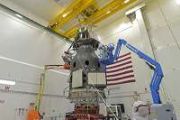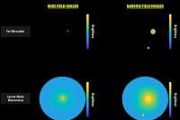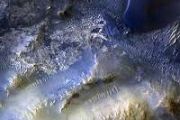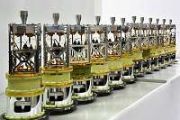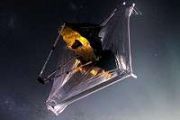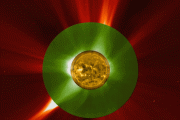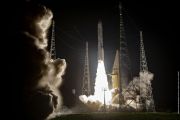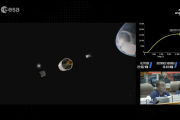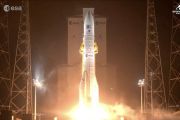
Copernical Team
ATMOS EU Funding Drives PHOENIX 2 Advancement
 ATMOS Space Cargo a leading European space logistics startup has received a total funding package of euro 13.1 million from the European Innovation Council Accelerator a flagship component of the European Union Horizon Europe framework This financial boost reinforces the companys innovative role in the space sector
The EIC Accelerator targets firms that develop breakthrough innovations ca
ATMOS Space Cargo a leading European space logistics startup has received a total funding package of euro 13.1 million from the European Innovation Council Accelerator a flagship component of the European Union Horizon Europe framework This financial boost reinforces the companys innovative role in the space sector
The EIC Accelerator targets firms that develop breakthrough innovations ca NASA's PUNCH Mission to Revolutionize Our View of Solar Wind
 Earth is immersed in material streaming from the Sun. This stream, called the solar wind, is washing over our planet, causing breathtaking auroras, impacting satellites and astronauts in space, and even affecting ground-based infrastructure.
NASA's PUNCH (Polarimeter to Unify the Corona and Heliosphere) mission will be the first to image the Sun's corona, or outer atmosphere, and solar win
Earth is immersed in material streaming from the Sun. This stream, called the solar wind, is washing over our planet, causing breathtaking auroras, impacting satellites and astronauts in space, and even affecting ground-based infrastructure.
NASA's PUNCH (Polarimeter to Unify the Corona and Heliosphere) mission will be the first to image the Sun's corona, or outer atmosphere, and solar win ClearSpace Initiates GEO Mission for Satellite Renewal
 ClearSpace has commenced the consolidation phase of its GEO Life Extension Mission. Backed by the Government of Luxembourg and supported by an ESA contract under the Luxembourg National Space Programme LuxIMPULSE, which is implemented by the Luxembourg Space Agency, this initiative represents a major operational milestone.
The mission underscores ClearSpace's steadfast commitment to sustai
ClearSpace has commenced the consolidation phase of its GEO Life Extension Mission. Backed by the Government of Luxembourg and supported by an ESA contract under the Luxembourg National Space Programme LuxIMPULSE, which is implemented by the Luxembourg Space Agency, this initiative represents a major operational milestone.
The mission underscores ClearSpace's steadfast commitment to sustai Chip based microcombs boost gps precision
Advanced Power Semiconductors Enhance Space Industry with Radiation Resistance
 A research team led by Dr. Jae Hwa Seo at the Advanced Semiconductor Research Center of KERI has developed cutting-edge technology to evaluate radiation resistance and enhance the reliability of silicon carbide (SiC) power semiconductor devices for space applications.
Power semiconductors are critical in electronic systems, managing current flow and enabling power conversion. While silicon
A research team led by Dr. Jae Hwa Seo at the Advanced Semiconductor Research Center of KERI has developed cutting-edge technology to evaluate radiation resistance and enhance the reliability of silicon carbide (SiC) power semiconductor devices for space applications.
Power semiconductors are critical in electronic systems, managing current flow and enabling power conversion. While silicon Oort cloud resembles a galaxy, new study finds
 A shell of icy objects at the edge of the solar system known as the Oort cloud has a pair of spiral arms that resemble a miniature galaxy, new research suggests.
Until now, the shape of the cloud and how it is affected by forces beyond our solar system have not been largely understood. But the new research, published Feb. 16 at arXiv, says the cloud may look like a spiral disk, one of t
A shell of icy objects at the edge of the solar system known as the Oort cloud has a pair of spiral arms that resemble a miniature galaxy, new research suggests.
Until now, the shape of the cloud and how it is affected by forces beyond our solar system have not been largely understood. But the new research, published Feb. 16 at arXiv, says the cloud may look like a spiral disk, one of t Blue Ghost Mission Nears Moon Touchdown and GNSS Milestone
 Firefly's Blue Ghost Mission 1 is set to land on the Moon in less than a week with touchdown expected on Sunday March 2 after its launch on Jan 15. In preparation for descent, the spacecraft will execute its final lunar orbit maneuver on Monday, Feb 24, inserting it into a near-circular low orbit that brings it closer to the lunar surface. Approximately one hour before landing, a Descent Orbit
Firefly's Blue Ghost Mission 1 is set to land on the Moon in less than a week with touchdown expected on Sunday March 2 after its launch on Jan 15. In preparation for descent, the spacecraft will execute its final lunar orbit maneuver on Monday, Feb 24, inserting it into a near-circular low orbit that brings it closer to the lunar surface. Approximately one hour before landing, a Descent Orbit
ESA and Red Cross partnership brings space technology to humanitarian crises

The European Space Agency (ESA) and the International Committee of the Red Cross (ICRC) have signed a Memorandum of Intent (MoI) to harness space technology for humanitarian assistance worldwide. The partnership will combine ESA's space expertise with ICRC's humanitarian reach to develop space-enabled solutions that can help protect and assist communities affected by disasters and conflicts across Europe and beyond.
Vary that thrust: longer hot-fire of rocket engine demonstrator
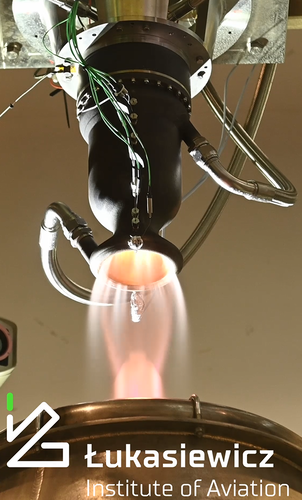
Proba-3 stargazing to warm up for corona observations
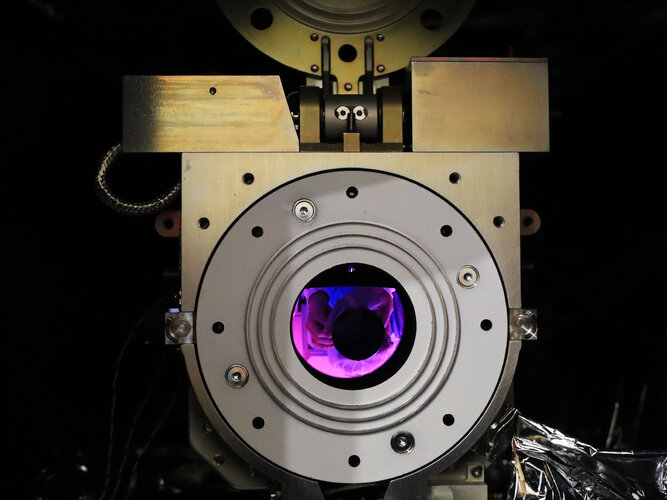
The European Space Agency’s Proba-3 mission will create artificial solar eclipses in orbit, allowing scientists to study the Sun’s corona for longer periods of time than would be possible during eclipses observed from Earth. To test the functionality of Proba-3’s systems, researchers from the Royal Observatory of Belgium took a snapshot of a star field – in the very first image captured by the mission’s coronagraph.

